An infusion with intense flavors of fruit and vegetables, with a citrus note and a floral finish. The unique flavor of this blend enhances the element of spearmint, giving a pungent and unusual touch. Mint increases the antioxidant intake of other elements such as hibiscus and goji berries. An infusion that gives strength, refreshes and protects digestion: the perfect drink to drink after meals. It can be tasted at any time of the day, and is an excellent thirst-quenching infusion if served cold in summer.
Mint and liquorice infusion: properties and benefits
The infusion comes from the union of the different qualities available for each natural remedy. The ingredients that derive from cultivation enhance the beneficial natural effects on the stomach and intestines. The properties of mint are mainly linked to the digestive system and to supporting the correct assimilation of food. It is an effective element in counteracting the sensation of nausea, bloating, and counteracts the occurrence of gastroesophageal reflux. It can help calm the stomach and relieve indigestion, also thanks to the fact that it relaxes the muscles of the digestive tract. This reduces any cramps, bloating and intestinal gas. The elements of apple and orange peel are important to fuel the digestive properties of the infusion. In terms of antioxidants, you can take advantage of the presence of hibiscus, rosehip and goji berries in the infusion to strengthen the supply of vitamins and the immune system. In addition to the invigorating effect and the increase in flavonoid antioxidants, the drink can be an aid in reducing bloating and appetite during a correct diet. Also to clear the airways, the menthol contained in mint can help dissolve congestion and mucus, making breathing easier. This action can be particularly useful if you suffer from seasonal allergies and are looking for a refreshing drink to support this period.
Origins and history of cultivation
Mint is a very widespread plant in all temperate areas of the world. Native to Eurasia, North America, southern Africa and Australia, it has continued to naturalize in many places. If some species such as peppermint and pennyroyal are used as flavourings, spearmint is used in herbal medicine. It is a species called spicata mint, with its characteristic minty scent. Other species are water mint that grows in ditches and peppermint, a hybrid between mint and water mint. Many species can become invasive in gardens, and for this reason they are cultivated with care. Mint essential oils are used in perfumery, for foods, liqueurs and toothpastes.
<h2style="text-align: justify;">Fruits and flowers
Mentha is part of the fragrant herb species of the Lamiaceae family. The green variety or spearmint has the scientific name Mentha spicata. It grows to around 90cm tall and has aromatic leaves. It usually displays small pale purple, pink or white flowers. The volatile oils that are used in herbal medicine are contained in the resinous parts of the leaves and stems.
The Rose plant is a perennial of the Rosaceae family, native to Asia. To date, there are over three hundred species and thousands of rose cultivars, from ancient to modern roses. The fruits of the dog rose are called rose hips. These are oval, fleshy false fruits, orange or red in color, which contain achenes - the true yellow-brown fruits. The apple plant is the Malus domestica of the Rosaceae family. It is a tree that comes from Asia, now widespread throughout the planet. The fruits diversify in colors and in many varieties, also in consistency and size.
The orange tree is the Citrus sinensis, belonging to the Rutaceae family. It probably originated as a hybrid between the pomelo and the mandarin in China. Over the centuries, there have been many varieties of orange developed; Among the most well-known differences, sweet oranges are distinguished from bitter oranges. Hibiscus is a flowering plant that belongs to the Malvaceae family. The Hibiscus genus includes hundreds of species, all native to warm, tropical regions. In particular, Hibiscus sabdariffa gives chalices and flowers used in herbal medicine for their properties, dried and then infused.
Goji berries derive from the Asian plant Lycium barbarum, belonging to the Solanaceae family. The plant is drought resistant and easy to grow. Donan bears fruitI give berries with a bright red-orange color, with a slightly acidic flavour. Verbena derives from the genus of herbaceous plants of the Verbenaceae family. It grows spontaneously in most soils, up to about 90 cm in height. In herbal medicine, the dried flowering plant is usually used. The cornflower (Centaurea cyanus) derives from a herbaceous plant of the Asteraceae family. The annual plants are 30 to 90 cm tall, with grey-green leaves and blue, pink or white radial flowers.
Nutritional values of the mint and liquorice infusion
It makes vitamin C, beta-carotene and flavonoid antioxidants available, as well as substances such as menthol and some amino acids. How to use the ingredients in the infusion The infusion is obtained by placing approximately 3-5 grams of the mint and liquorice mixture with water at a temperature of 100 °C in a cup (250 ml). Leave to infuse for 10 to 12 minutes before drinking. Add honey or sugar, if desired.
Mint and liquorice infusion: side effects and contraindications
Both the fruits and flowers contained in the mixture are considered safe, but it is necessary to maintain the recommended doses, without exceeding. Exaggerated consumption of the infusion can cause side effects such as formation of intestinal gas, diarrhea, nausea and headaches. It is a good idea to evaluate the individual ingredients in case of allergies or intolerances. Caution advised for pregnant or breastfeeding women.

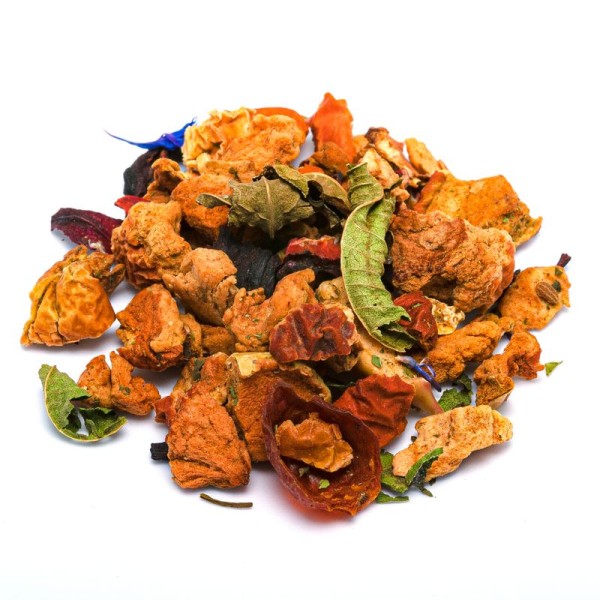









 No reward points for this product.
No reward points for this product.
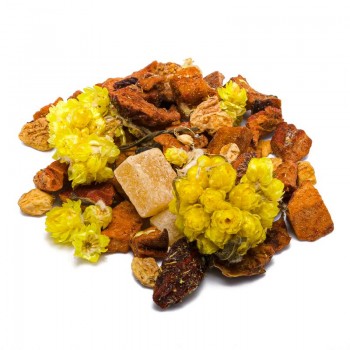

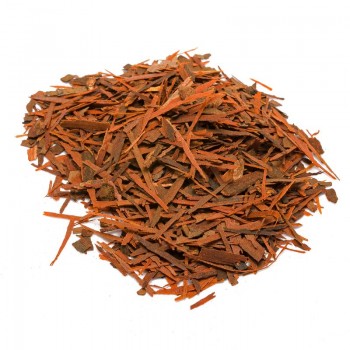


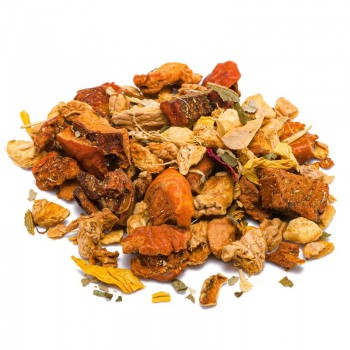

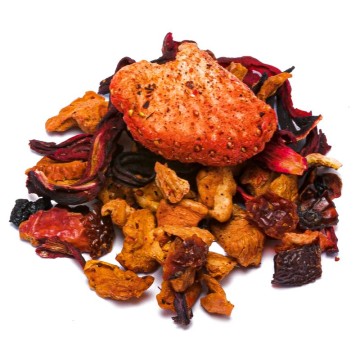

![infuso relax [Natura d'Oriente]](https://www.naturadoriente.com/3555-home_default/infused-relaxation.jpg)


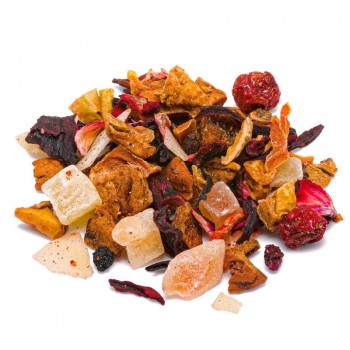
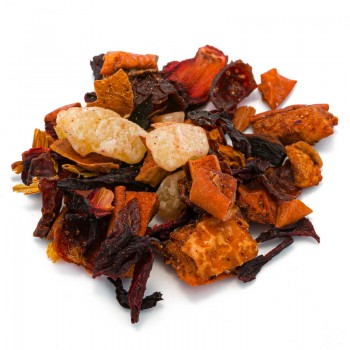

![infuso pesca melone [Natura d'Oriente]](https://www.naturadoriente.com/3535-home_default/infused-peach-melon.jpg)